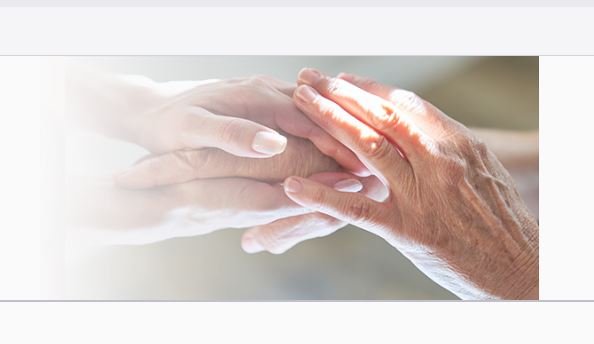A society is truly measured by how it cares for its most vulnerable, and in this regard, the welfare of senior citizens and persons with disabilities is a powerful reflection of both compassion and progress. In Jammu and Kashmir, where geography and social realities often create additional challenges, the need to make welfare systems more inclusive, accessible, and people-focused has never been more important. The recent review of Composite Regional Centres (CRCs) in Srinagar and Jammu is a step in this direction, highlighting the administration’s growing commitment to removing barriers, simplifying procedures, and ensuring that those who need support the most can access it with ease and dignity.
Too often, complex procedures and bureaucratic hurdles stand in the way of genuine welfare delivery. For many, the process of obtaining disability certificates or accessing assistive devices can be confusing and time-consuming, obstacles that discourage them from seeking help at all. Simplifying these procedures is therefore much more than a matter of efficiency; it is about compassion and responsibility. For persons with disabilities, timely certification opens doors to essential healthcare, financial support, and rehabilitation services. For elderly citizens, streamlined processes mean they can receive the care and pensions they depend on without unnecessary struggle. Making these services straightforward and user-friendly is a fundamental step toward creating a welfare system that serves rather than frustrates. Reaching people where they are is equally vital. Many in remote and rural parts of Jammu and Kashmir remain unaware of the benefits and schemes designed for them simply because information does not reach their communities. Expanding awareness campaigns beyond district centres and into far-flung areas can change that. Outreach camps, local engagement, and clear communication help bridge the gap between government initiatives and those they are meant to support. True social inclusion means ensuring that no one is left behind due to geography or lack of information. Accessibility is not only about paperwork and information; it is also about physical access. Many public facilities, including diagnostic centers, remain out of reach for people with disabilities because they are located on upper floors without ramps or lifts. Removing such barriers and ensuring that infrastructure is designed with universal access in mind is essential to building a society that values inclusion. A ramp, an accessible toilet, or an elevator might seem small, but for someone with limited mobility, it can mean the difference between dependence and independence. The quality of assistive devices and rehabilitation equipment is another crucial aspect of dignity and empowerment. These devices are not just tools; they become part of a person’s daily life and independence. Ensuring that they meet high standards of safety and functionality demonstrates a commitment to real, meaningful support rather than token gestures. It is about improving the quality of life, not just distributing equipment. Economic empowerment also plays a vital role in transforming lives. Access to credit and financial support can help persons with disabilities start small businesses and lead self-sufficient lives. This shift from viewing them as beneficiaries to recognising them as entrepreneurs and contributors is a powerful change in perspective, one that fosters dignity and independence. Addressing documentation-related hurdles, such as difficulties in obtaining or updating Aadhaar cards, ration cards, etc., are another important step. Too many people are excluded from essential services due to paperwork challenges. Exploring alternative verification methods or providing special assistance in this area ensures that no one is left out of welfare schemes simply because of bureaucratic gaps. All these measures, simplified procedures, barrier-free infrastructure, greater awareness, quality assurance, and financial inclusion, together create a stronger and more compassionate social welfare system. They reflect a vision of governance that does not stop at providing assistance but goes further to empower, support, and uphold dignity. The journey toward a fully inclusive welfare framework is ongoing, but the direction is hopeful and clear. By removing obstacles and delivering services directly to people where they live, the administration is shaping a support system that places care, dignity, and humanity at its core. In such a people-centered future, inclusion goes beyond being a government objective, it becomes an everyday experience that touches lives, empowers individuals, and ensures that every person, regardless of age or ability, feels seen, supported, and valued.
To strengthen these initiatives, the government should make accessibility and inclusivity central to governance, conduct regular infrastructure audits, simplify service delivery, and use mobile outreach in remote areas. Helpdesks for documentation and grievances will prevent exclusions, while partnerships with NGOs and community groups can expand reach. A unified approach combining policy, infrastructure, awareness, and empowerment will build a social support system that uplifts and includes all.




